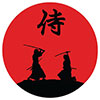The history of Edo Castle dates back to the Heian period, when the Edo clan built a small fort on this site. In 1457, the vassal of the Uesugi clan, Ota Dokan (1432–1486), constructed a full-scale castle here. Internal conflicts weakened the Uesugi clan, and in 1524, Ota Dokan’s grandson, Ota Yasutaka, surrendered the castle without resistance to the forces of Hojo Soun, the ambitious leader of the Hojo clan. While Odawara Castle remained the clan's main stronghold, Edo was considered a key strategic fortress.
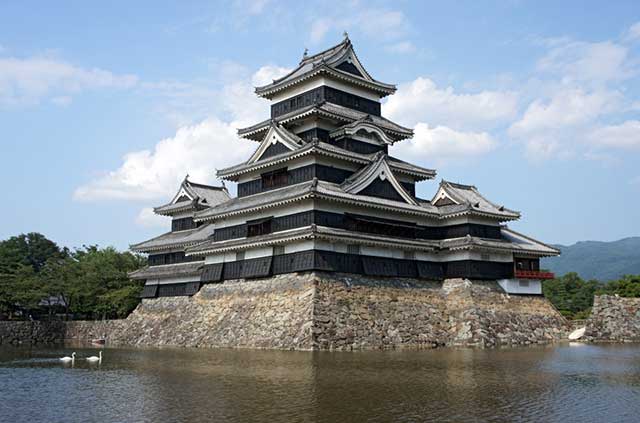
Tokugawa Ieyasu, whose ancestral lands were located in what is now Shizuoka, controlled vast territories by the end of the 16th century. In 1590, after Toyotomi Hideyoshi’s victory over the Hojo clan, Ieyasu was ordered to exchange his five provinces for eight underdeveloped ones in the Kanto region. Though the land was fertile, it was economically backward at the time. Ieyasu chose Edo as his new base of power.
At that time, Edo was a small provincial town. With characteristic determination, Ieyasu began transforming not only the castle but the entire surrounding area. Using a revolutionary approach to urban planning, he quickly turned Edo into the political and social center of Japan. The castle, at the heart of the city, became the largest in the world during its time.
Following his victory at the Battle of Sekigahara in 1600 and his appointment as shogun in 1603, Ieyasu declared Edo the new capital of Japan. This marked the beginning of the Tokugawa shogunate and an era that would last over 250 years.
In the early 17th century, the castle underwent significant expansion. The Kitano-maru compound was added to the north, and Nishinomaru expanded westward. The central keep (tenshukaku) was constructed in 1607, likely with the help of castle expert daimyo Todo Takatora. After Tokugawa’s final victory over Toyotomi Hideyori in 1615, a massive reconstruction began, involving nearly all of Japan’s major daimyo. Around 300,000 workers were reportedly employed to enhance the castle's defenses, including raising walls to 20–30 meters, altering the Kanda River's course, and building a new central keep in 1622.
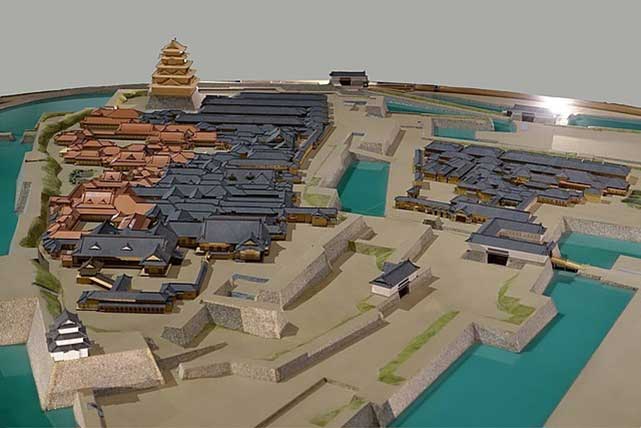
Under the third shogun, Tokugawa Iemitsu (1604–1651), the castle reached its final form. A 15-kilometer-long outer moat was dug, walls were reinforced, and numerous gates and towers were constructed. In 1638, the central keep was rebuilt as a five-story tower on a tall stone base, with copper roofing and black-painted walls.
The castle was divided into several enclosures, including designated areas for daimyo residences, in accordance with the sankin-kotai policy. These compounds were separated by thick stone walls and deep moats. In the main compound, hommaru, stood the hommaru-goten palace, consisting of three sections: the Ooku (shogun’s living quarters and women's quarters), Chuoku (used for daily affairs and meetings), and Omote (reception area and administrative offices). A smaller palace, ninomaru-goten, was located in the second compound, used when fires damaged the main palace. Both palaces were destroyed by fire in 1873 and never rebuilt.
In 1657, a massive fire in Edo destroyed much of the castle, including the central keep. In 1712, historian and politician Arai Hakuseki proposed rebuilding the keep, but the plan was abandoned. It was never reconstructed.
The Tokugawa clan ruled from Edo Castle for 15 generations until the Meiji Restoration. The castle was lost following their defeat in the Boshin War. Many structures were later damaged by earthquakes and U.S. air raids during World War II.
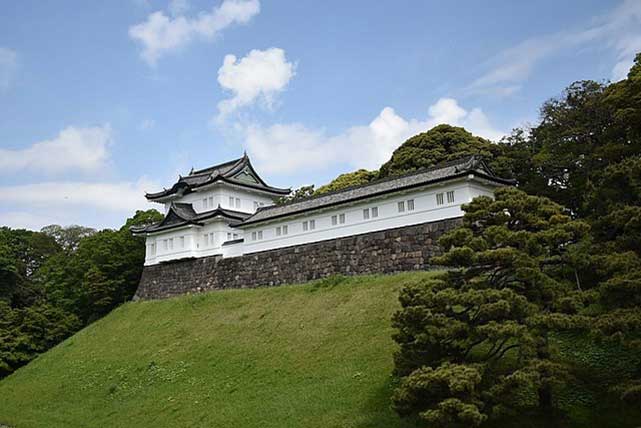
Today, part of the former castle grounds serves as the residence of the Emperor of Japan and is closed to the public. However, the Higashi Gyoen (East Garden) and hommaru remain open to visitors, where one can see the impressive stone base of the former central keep.
Visitors can still admire original ishigaki stone walls and reconstructed towers. The stones were placed without mortar, a technique that helped the walls survive the devastating Great Kanto Earthquake of 1923.
At its height, Edo Castle had more than 20 towers. None have survived in original form. Three that withstood earlier conflicts were destroyed in the 1923 quake. They were initially rebuilt in concrete but later reconstructed using traditional materials and Meiji-era plans.
The most famous tower, Fujimi-yagura ("Mt. Fuji-view tower"), built in 1659 in the hommaru enclosure, served as a symbolic replacement for the lost central keep. On clear days, Mt. Fuji can be seen from this tower.
Nearby stands a preserved section of covered corridors that once connected towers atop the stone walls, allowing for protected movement and storage. This section is called Fujimitamon-yagura.
In the sannomaru compound, visitors can see the two-story corner tower Tatsumi-yagura (also known as Sakurada-yagura). In the Nishinomaru area stands Fushimi-yagura, a two-story tower with an adjacent one-story tamonyagura. It is believed to have been built using materials from the dismantled Fushimi Castle.
In addition to towers and walls, several original and reconstructed gates and bridges remain of interest. Three tower-style gates (yaguramon) are designated Important Cultural Properties: Soto Sakurada (1617), Tayasu (1636), and Shimizu (1658). Most gates feature the classic masugata barbican layout, comprising a tower gate, a simpler koraimon gate, and a killing ground between them.
The former main gate, Otemon, now serves as the entrance to the Imperial Palace and is accessed via the beautiful Seimon Ishibashi, a stone bridge rebuilt during the Meiji era.
In 2006, the Japan Castle Foundation (Nihon Jokaku Kyokai) included Edo Castle in its list of the "100 Fine Castles of Japan." The entire site has been designated a "Special Historic Site."
See also
-
Kanazawa Castle
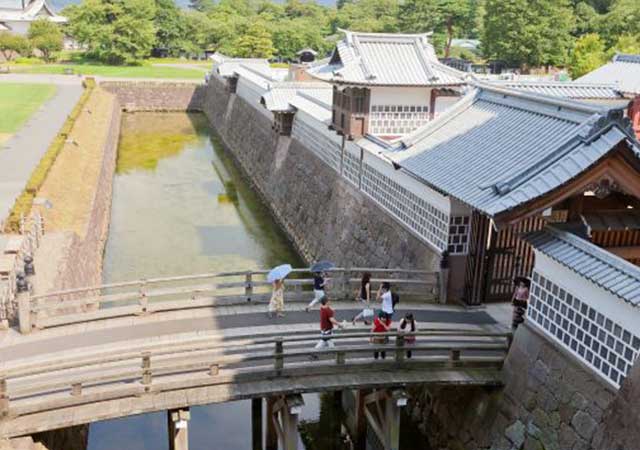
Construction of Kanazawa Castle began in 1580 on the orders of Sakuma Morimasa, a vassal of Oda Nobunaga. The castle was built on the site of the Ikko-ikki sect's Oyama Gobo temple, which is why it is sometimes called Oyama Castle. Morimasa managed to build several moats and begin construction of a castle town. However, after his defeat at the Battle of Shizugatake in 1583, he was executed, and ownership of the castle passed to Maeda Toshiie (1538–1599).
-
Nakatsu Castle
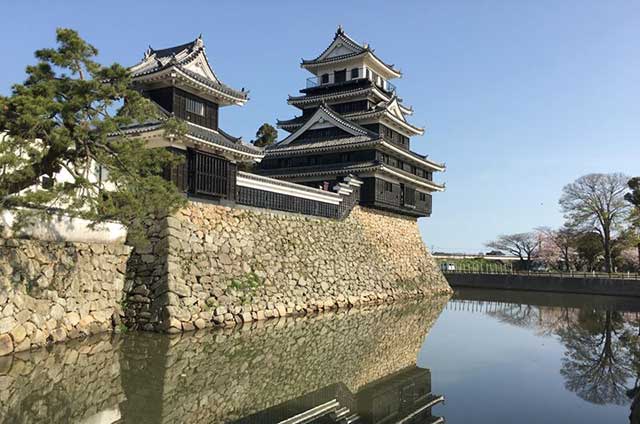
Kuroda Yoshitaka (1546–1604) was one of the closest advisors to the legendary military commander Toyotomi Hideyoshi. He took part in key military campaigns of the late 16th century, including the campaign against Shikoku in 1585 and the campaign against Kyushu in 1587. Later, during the second campaign in Korea, Yoshitaka served as chief advisor to the commander of the invasion forces, Kobayakawa Hideaki. After Hideyoshi's death, he swore allegiance to Tokugawa Ieyasu, thereby securing his influence and patronage under Japan's new leader.
-
Samurai Museum Shinjuku
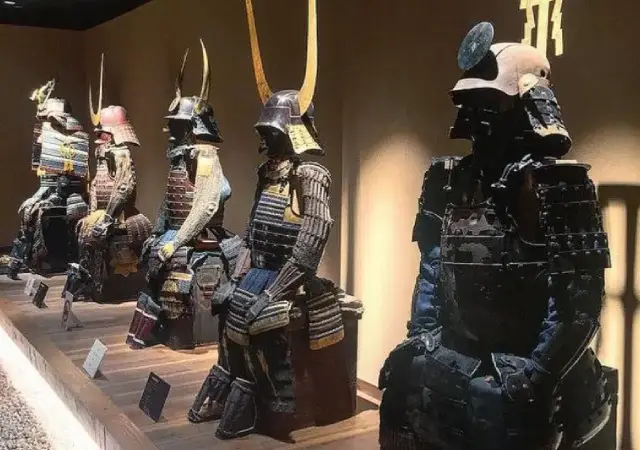
Situated in the vibrant district of Shinjuku, the museum showcases an extensive collection of samurai armor, weapons, and cultural artifacts spanning from the Kamakura to the Edo period. The exhibits aim to convey the samurai's unwavering commitment to honor and discipline, reflecting how their spirit continues to influence modern Japanese culture.
-
Anjo Castle
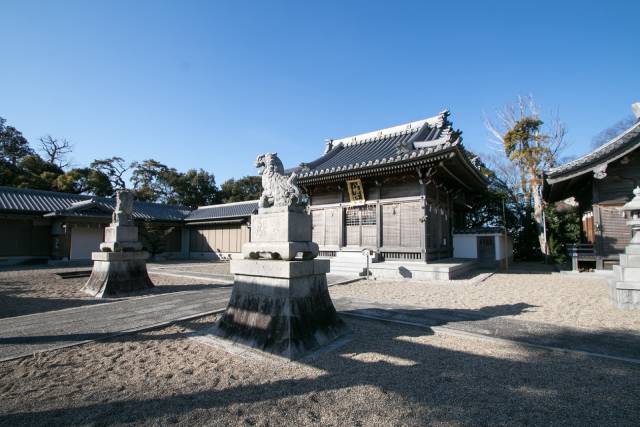
Anjo Castle was built on a slight elevation at the edge of the Hekikai Plateau, about 2 kilometers southeast of present-day central Anjo City in Aichi Prefecture. Today, the surrounding area thrives on large-scale agriculture and automotive manufacturing, utilizing the expansive flatlands and its proximity to the Nagoya region.
-
Numata Castle
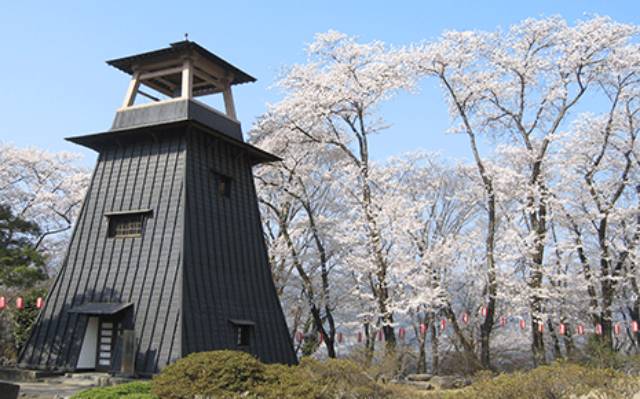
Numata Castle, located in Numata, northern Gunma Prefecture, Japan, has a rich and complex history. During the late Edo period, it served as the residence of the Toki clan, who ruled the Numata Domain. Over the centuries, the castle changed hands multiple times and was the site of significant battles during the Sengoku period.
-
Iwabitsu Castle
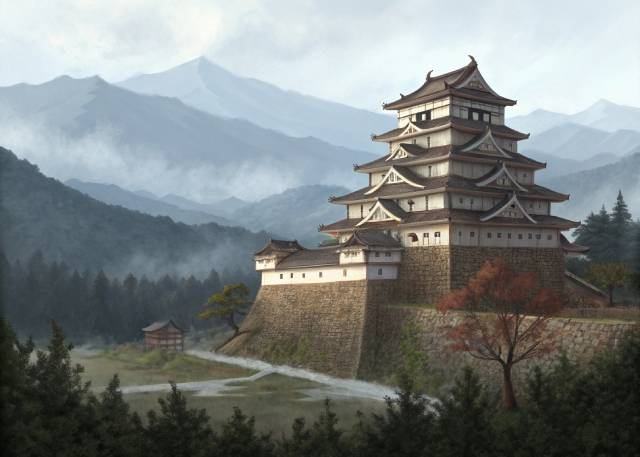
Iwabitsu Castle is a yamashiro-style (mountain) castle located atop Mount Iwabitsu in Higashiagatsuma, Gunma Prefecture, Japan. Recognized for its historical significance, its ruins have been protected as a National Historic Site since 2019.
-
Tsutsujigasaki Castle
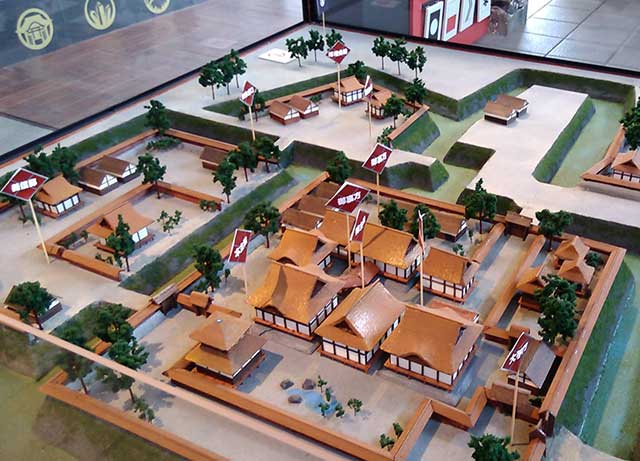
Tsutsujigasaki Castle (Tsutsujigasaki Yakata) served as the fortified residence of the last three generations of the Takeda clan and is located in the heart of Kofu, Yamanashi Prefecture, Japan. Unlike traditional Japanese castles, it was not referred to as a "castle" in Japanese, as the Takeda clan famously believed in relying on their warriors as their true fortifications, stating, "Make men your castle, men your walls, men your moats." Designated a National Historic Site in 1938, the ruins are now open to the public and house the Takeda Shrine, a Shinto shrine dedicated to the deified spirits of the Takeda clan.
-
Nagoya Castle
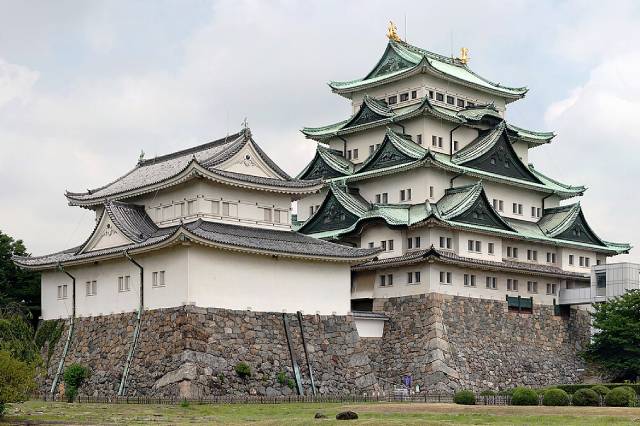
Nagoya Castle, originally built by the Owari Domain in 1612 during the Edo period, stands on the site of an earlier Oda clan castle from the Sengoku period. It became the centerpiece of Nagoya-juku, a significant castle town on the Minoji road, which connected two major Edo Five Routes: the Tokaido and the Nakasendo. In 1930, ownership of the castle was transferred to the city by the Imperial Household Ministry, establishing it as the focal point of modern Nagoya. Although partially destroyed in the Pacific War in 1945, the castle has undergone continuous restoration and preservation efforts since 1957.

